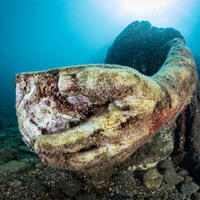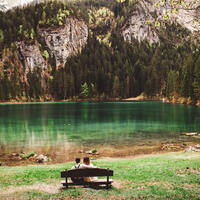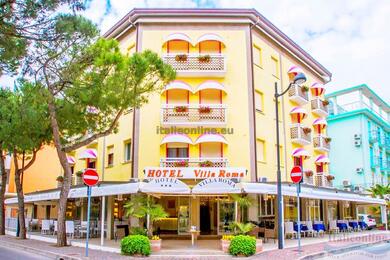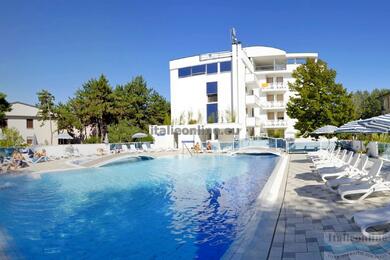Vesuvius is located on the Apennine Peninsula, approximately 9 km east of Naples and just off the coast of the Tyrrhenian Sea. It forms a prominent landmark on the Bay of Naples and is easily visible from the city. Vesuvius is part of the so-called Campanian Volcanic Arc, which includes volcanoes such as Campi Flegrei and Ischia.
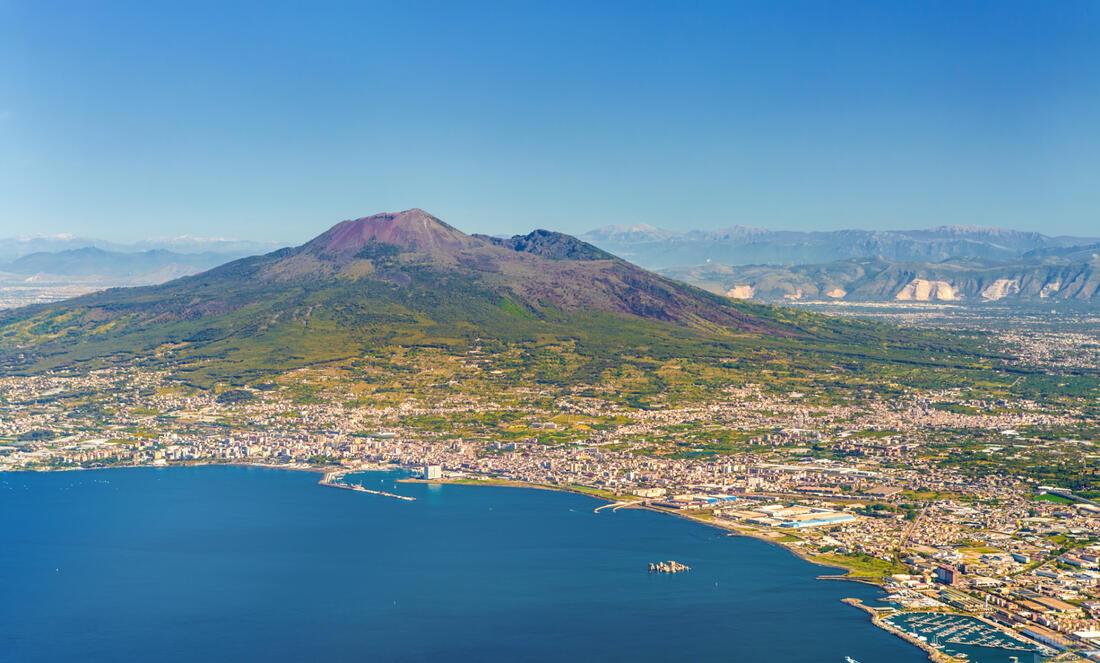
How to get to Vesuvius?
The easiest way to reach Vesuvius is from Naples. It is usually a combination of train, bus and walking:
- By train: from Naples Central Station (Napoli Centrale), take the Circumvesuviana line towards Sorrento and get off at Ercolano Scavi or Pompei Scavi station.
- By bus.
- On foot. The route is well signposted and offers fantastic views.
For a more comfortable experience, it is possible to book organised tours that include transport and a guide.
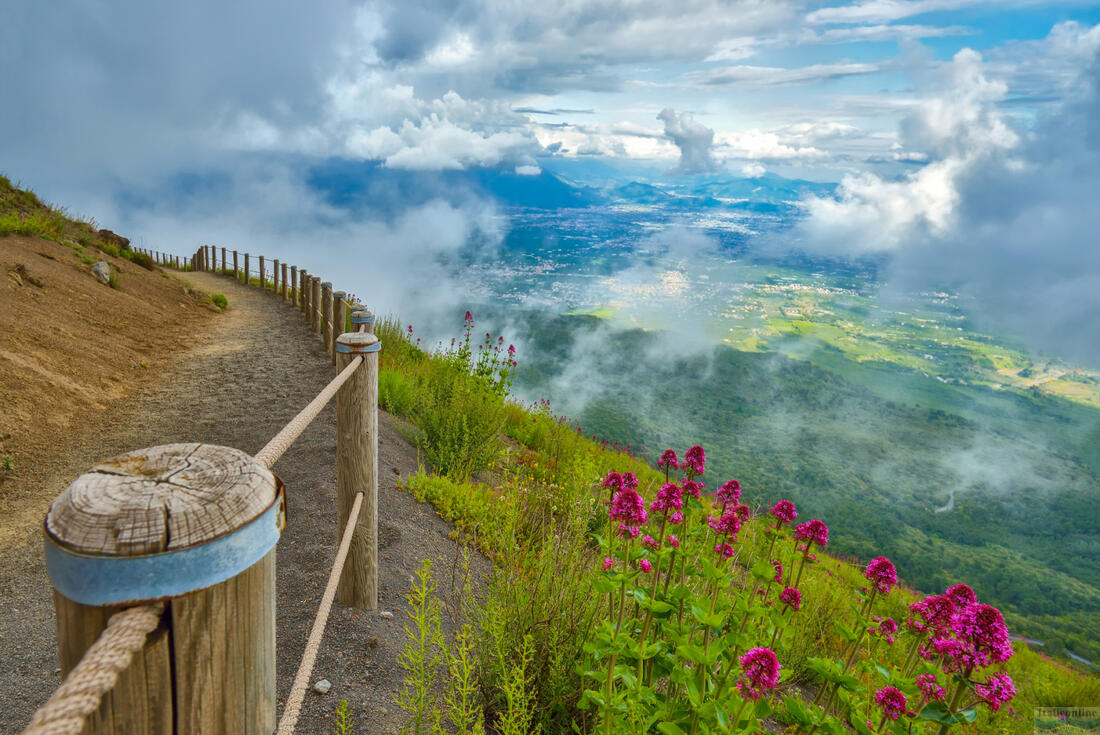
History and attractions of Vesuvius
Vesuvius gained its infamy with an eruption in 79 AD that buried the Roman cities of Pompeii and Herculaneum. This tragedy has left archaeologists with unique "time capsules" that provide insight into the life of ancient Roman society.
The volcano last erupted in 1944 during World War II. It has been dormant since then, but its activity is constantly monitored.
The present-day crater is 450 metres in diameter and approximately 300 metres deep. On the rim of the crater you can walk around and observe fumaroles (escaping vapours and gases), which adds a touch of authenticity to the visit.
The volcanic soil around Vesuvius is extremely fertile, which contributes to the production of excellent wines such as Lacryma Christi (Tears of Christ). Wine is one of the gastronomic delights of the region.
The area around Vesuvius was declared a Vesuvius National Park in 1995. Here you can discover nature trails, flora and fauna typical of the volcanic environment.


